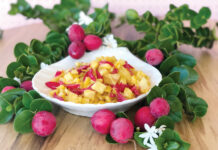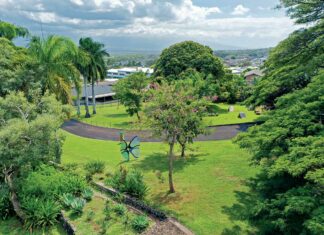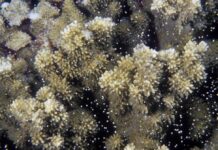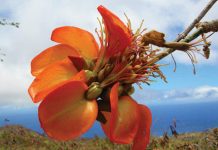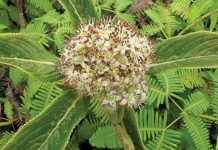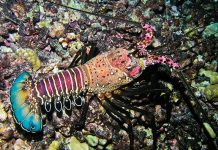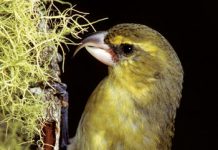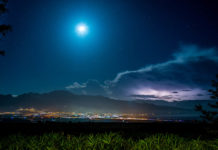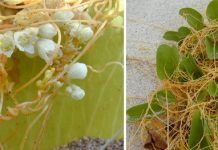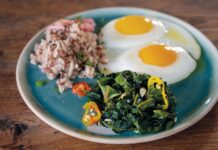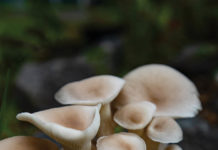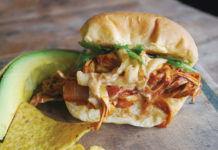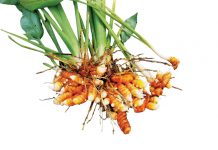Story by Shannon Wianecki | Photo: Kim & Forest Starr
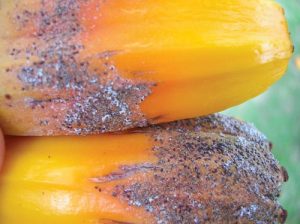 Ever resourceful, the ancient Hawaiians answered a multitude of needs with hala, the indigenous pandanus. Builders wove its leafy branches into roof thatching. Weavers folded the tough and pliant lau (leaves) into mats, hats, sandals, and baskets. Kapa makers dipped the bristly ends of dried hala fruits into dye, using them to paint and stamp patterns into their bark cloth. Even sweethearts found uses for hala. When foraging for plants to kindle romance, the love-struck had no further to look than this distinctive tree.
Ever resourceful, the ancient Hawaiians answered a multitude of needs with hala, the indigenous pandanus. Builders wove its leafy branches into roof thatching. Weavers folded the tough and pliant lau (leaves) into mats, hats, sandals, and baskets. Kapa makers dipped the bristly ends of dried hala fruits into dye, using them to paint and stamp patterns into their bark cloth. Even sweethearts found uses for hala. When foraging for plants to kindle romance, the love-struck had no further to look than this distinctive tree.
Hala trees are dioecious, either male or female. Female trees bear large, round fruits that look like pineapples, but are actually clusters of fifty to eighty fruitlets, or drupes. When ripe, they turn vivid orange, yellow, or red. Lei makers string them together to create striking adornments. Lei made with red drupes star in the proverb A pala ka hala, ‘ula ka ‘a‘i, or “When the hala is ripe, necks are red,” which (we blush to tell you) means the time is right for lovemaking.
But it’s the male hala fruit that packs the real romantic punch. A young kane or wahine desiring to awaken the affections of another would seek out a fruiting male tree. Male trees sport prominent spikes called hinano. Suggestive appearance aside, the spikes are covered in sweet-scented yellow pollen considered an aphrodisiac by Hawaiians. They used this pre-Contact Love Potion #9 to perfume their bedding and dust like talc beneath their malo, or loincloths.
The ali‘i (royalty) could afford to take the intrigue a step further. While commoners slept on ordinary lauhala mats and blankets, the ruling class rested upon pillows and mattresses woven from the creamy white bracts that surround the hinano. Soft, supple, and in comparatively short supply, these luxurious linens must have made an inviting bed.

